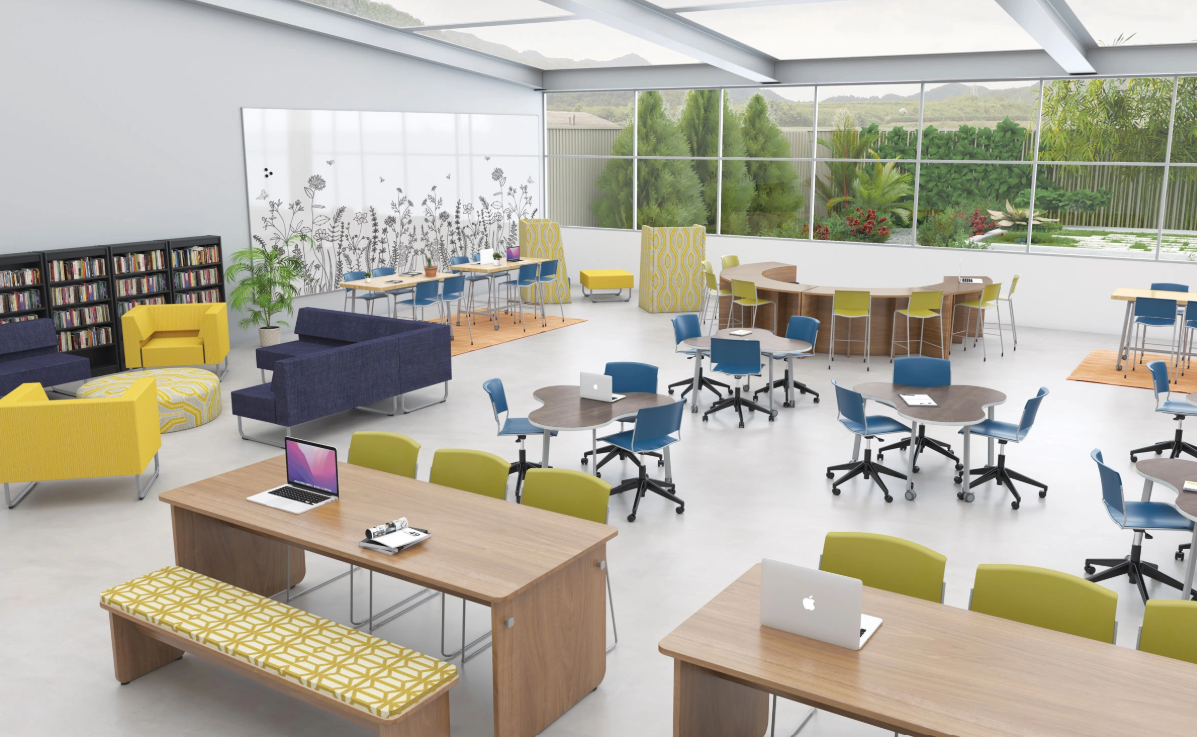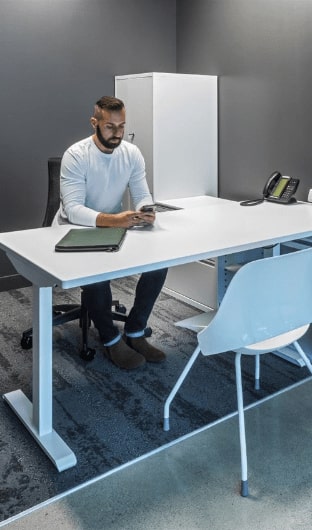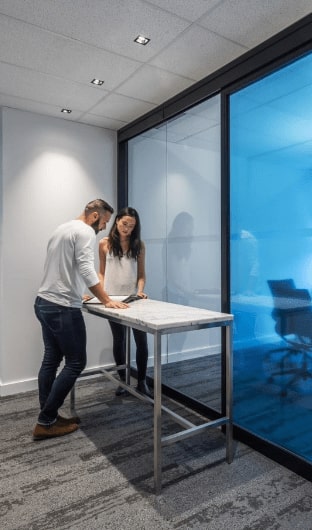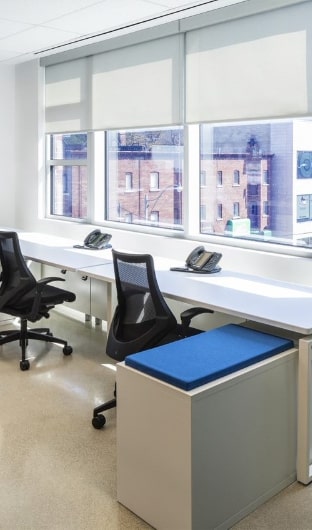
5 Modern Classroom Design Trends
The landscape of education is continuously evolving, and so are the spaces where learning takes place. Modern classroom design trends are increasingly focused on creating environments that enhance learning experiences and cater to the diverse needs of students. Here are five trends that are shaping the future of classroom design:
Modern Classroom Design Trends
Flexible Learning Spaces
One of the most significant trends in modern classroom design is the shift towards flexible learning environments. Modern classrooms are being designed with adaptability in mind, featuring furniture and layouts that can be easily rearranged to accommodate different teaching methods and learning activities.
Flexible learning spaces allow teachers to create zones for group work, individual study, and collaborative projects. This adaptability not only supports a variety of learning styles but also encourages student engagement and participation. Movable furniture, like lightweight desks and chairs on casters, foldable tables, and modular seating, makes it easy to transform the classroom layout as needed.
Technology Integration
With technology becoming an integral part of education, modern classrooms are increasingly designed to support digital learning tools. This trend involves incorporating technology in ways that enhance teaching and learning rather than simply adding gadgets.
Interactive whiteboards, tablets, and laptops are commonplace in these classrooms, providing students with access to digital resources and enabling interactive learning experiences. Charging stations and wireless connectivity are essential components, ensuring that students and teachers can easily use their devices.
Moreover, classrooms are being equipped with digital projectors and audio-visual systems to facilitate multimedia presentations. This integration of technology helps prepare students for a digitally-driven world, fostering skills in digital literacy and collaboration.
Emphasis On Collaboration
Collaborative learning is a cornerstone of modern educational practices, and classroom design is increasingly reflecting this emphasis. Furniture and layouts are tailored to encourage teamwork and communication among students.
Round tables, cluster seating, and collaborative desks are replacing traditional rows of desks, allowing students to work together more easily. Additionally, writable surfaces, such as whiteboard walls or desks, provide spaces for students to brainstorm and share ideas visually.
The emphasis on collaboration extends beyond furniture design. Classrooms are often designed with breakout areas and communal spaces where students can gather for group projects or discussions. These areas promote a sense of community and encourage students to engage with one another, boosting social skills and cooperative learning.
Biophilic Design Elements
Biophilic design, which incorporates natural elements into indoor environments, is gaining traction in modern classroom design. This approach is based on the idea that connection to nature can enhance well-being and improve learning outcomes.
Classrooms featuring biophilic design elements often include large windows for natural light, indoor plants, and natural materials like wood and stone. These elements create a calming and inviting atmosphere, reducing stress and increasing focus and productivity among students.
Additionally, incorporating outdoor learning spaces is becoming more popular. Schools are creating gardens, courtyards, and outdoor classrooms where students can learn and explore in a natural setting. This connection to the outdoors not only supports environmental education but also provides students with a more dynamic and engaging learning experience.
Focus On Inclusivity And Accessibility
Inclusivity and accessibility are crucial considerations in modern classroom design, ensuring that all students, regardless of their abilities or learning needs, can participate fully in the learning environment. This trend involves designing spaces that are accessible, comfortable, and adaptable for all students.
Classrooms are being outfitted with adjustable-height desks and chairs, wheelchair-accessible layouts, and assistive technology to accommodate students with diverse needs. Acoustic treatments may be used to reduce noise levels, creating a more conducive learning environment for students with sensory sensitivities.
Furthermore, inclusive classroom design often incorporates sensory-friendly spaces, such as quiet zones or sensory rooms, where students can retreat if they become overwhelmed. These spaces provide a safe and calming environment, helping students regulate their emotions and focus on learning.
In conclusion, the design of modern classrooms is evolving to create flexible, technology-rich, collaborative, nature-inspired, and inclusive spaces. These trends reflect a growing understanding of the diverse needs of students and the importance of creating environments that support engagement, well-being, and academic success. By embracing these trends, educators and designers can create classrooms that inspire and empower the next generation of learners. Connect with Harkel Office – a leading educational furniture dealer in Ontario to create a modern and inclusive learning space for your education facility.





